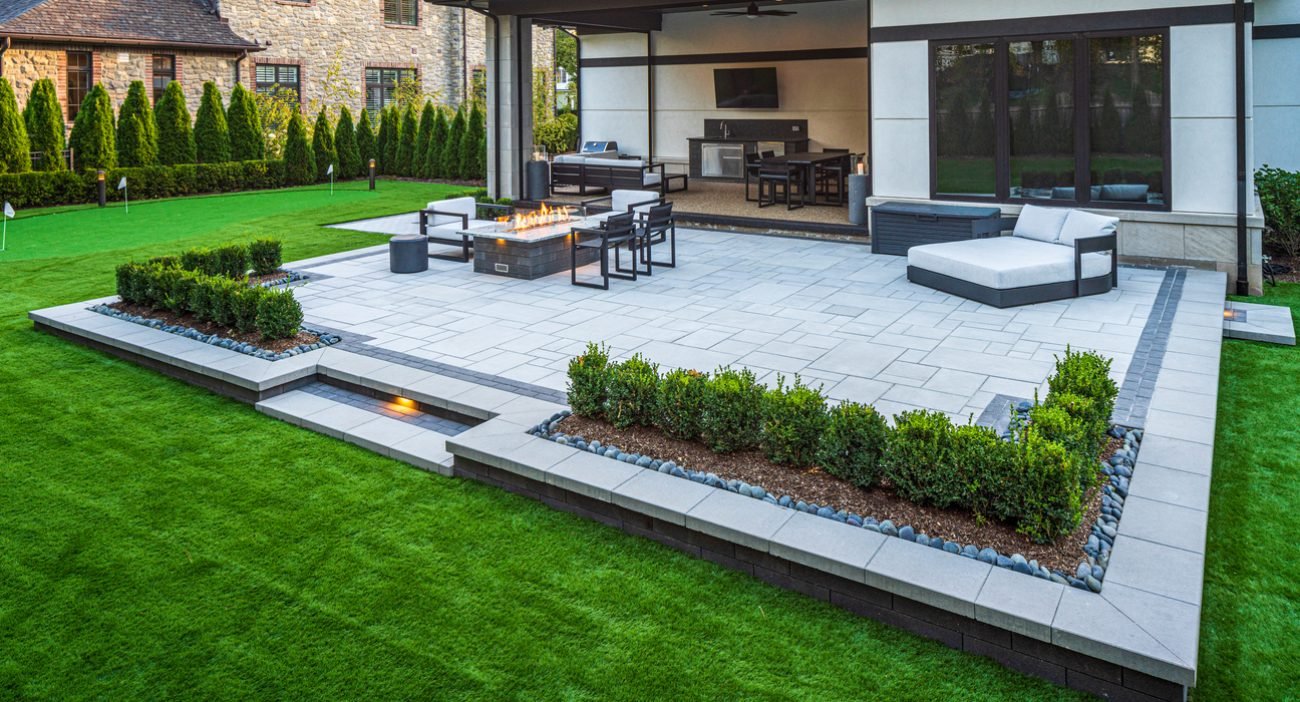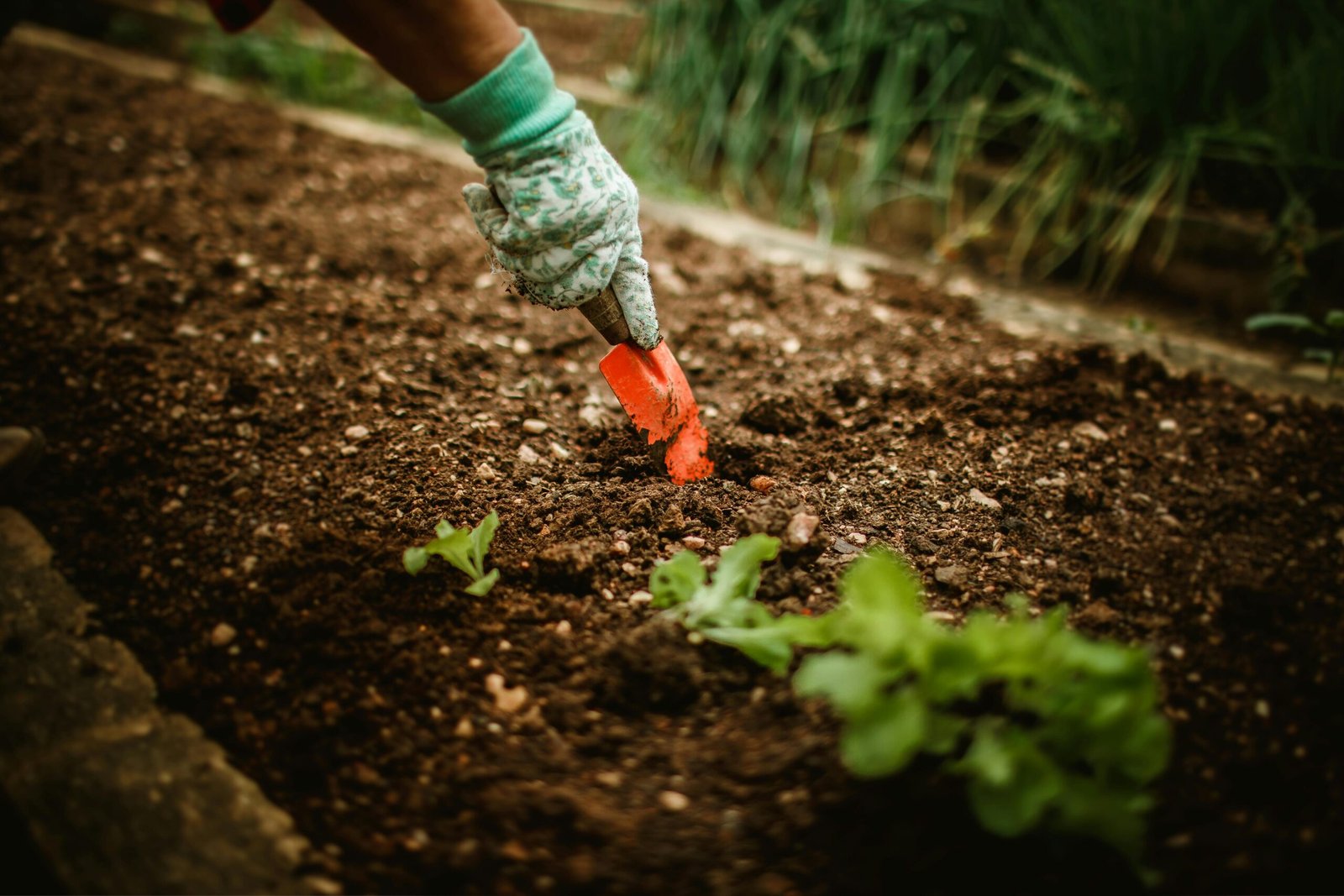Mulching is a time-saving strategy that applies to a variety of gardens, from vegetable plots to flower beds. Mulched gardens are healthier, more resistant to weeds, and better equipped to withstand drought. When done correctly, mulching reduces the amount of time spent on watering, weeding, and pest control.
There are two main types of mulch: organic and inorganic. Organic mulches include materials like chopped leaves, straw, grass clippings, compost, wood chips, shredded bark, sawdust, pine needles, and even paper. Inorganic mulches consist of gravel, stones, black plastic, and landscape fabrics (geotextiles).
Both types help suppress weeds, but organic mulches go a step further by enriching the soil as they decompose. While inorganic mulches do not improve soil quality, they serve specific purposes. For example, black plastic mulch helps warm the soil, making it ideal for heat-loving vegetables like tomatoes and eggplants.
There are a few essential rules to follow when using organic mulches for weed control. First, ensure the soil is weed-free before applying mulch. Second, spread a thick enough layer to prevent new weeds from sprouting. A 4- to 6-inch layer is typically needed to block weeds, though a 2- to 3-inch layer may suffice in shaded areas. For garden beds with a high number of weed seeds or perennial weed roots, consider using a double-layer technique. Place newspaper over the soil, then top it with organic mulch to prevent weed outbreaks.
Six Effective Mulching Methods
Organic Mulch
Organic mulch, such as shredded leaves or wood chips, conserves moisture, prevents weeds, and promotes soil health. It decomposes slowly, releasing nutrients into the soil, supports earthworms, and keeps soil temperatures steady. However, some organic mulches, like wood chips, can temporarily deplete nitrogen during decomposition. To compensate, apply a nitrogen-rich fertilizer like blood meal or fish meal. Additionally, avoid piling mulch directly against plant stems to prevent rot, and pull it back about 6 to 12 inches from tree trunks to discourage rodents.
Wood Chips or Shredded Leaves
Wood chips and shredded bark are commonly used for flower beds and shrub borders, giving gardens a polished look. You can find affordable wood chips through tree-care services or yard waste collection programs. Shredded leaves, a great free mulch, can be easily made by mowing over fallen leaves. However, wood chips are not ideal for vegetable beds, as their decomposition can interfere with regular soil preparation. They’re best suited for pathways and decorative borders.
Grass Clippings
Grass clippings are another readily available mulch, offering a natural nitrogen boost. They’re particularly beneficial in vegetable gardens, but it’s essential to ensure the clippings are free of chemicals. When used sparingly, grass clippings help retain moisture, reduce weeds, and improve soil quality.
Compost
Compost is an excellent soil amendment and can be used as mulch to enrich the soil. However, it should be applied in a thin layer, as dry compost can make it difficult for plant roots to thrive. To keep compost moist and biologically active, layer it with another mulch like chopped leaves.
Straw or Hay
Straw and weed-free hay are great mulches for vegetable gardens, helping to conserve moisture and reduce weed growth. Be sure to use hay that’s free of seeds and weeds to avoid introducing new problems. Keep the mulch away from plant stems and tree trunks to prevent slug and rodent damage.
Landscape Fabrics and Plastic Mulch
Plastic mulches, like black plastic and infrared transmitting (IRT) plastic, are perfect for vegetable gardens, particularly for heat-loving plants. Black plastic warms the soil and keeps vining crops like strawberries, melons, and cucumbers off the ground, preventing rot and keeping the fruit clean. IRT plastic offers similar benefits, warming the soil while controlling weeds. However, avoid using plastic under shrubs, as it can suffocate roots and harm long-term plant health.
Conclusion
In conclusion, mulching is an essential gardening practice that offers numerous benefits, from improving soil health to reducing the need for watering and weeding. Whether you choose organic or inorganic mulch, selecting the right material and applying it correctly can transform the way your garden thrives. By following these tips, you can ensure your plants receive the best care possible while minimizing maintenance.
At Empyre Outdoor Living, we are committed to helping you create the garden of your dreams. Our team offers expert advice and high-quality products to suit all your gardening needs. Call us now at 719-212-2182 to get started on enhancing your outdoor space today!
Frequently Asked Questions
The ideal time to apply mulch is in the spring, after the soil has warmed up but before the hot summer weather arrives. This allows the mulch to conserve moisture, regulate soil temperature, and prevent weeds before the growing season takes full swing. In fall, mulching around trees and shrubs can help protect roots from winter’s freeze-thaw cycles. However, make sure to avoid mulching too early in spring, as it can trap cold air and slow down soil warming, which can delay plant growth.
The thickness of mulch depends on the type of plants you’re mulching and the mulch material itself. For most garden beds, a 2- to 3-inch layer of mulch is sufficient. However, to effectively suppress weeds, you may want to apply a 4- to 6-inch layer. Keep in mind that too thick of a layer can suffocate plant roots or hold too much moisture against plant stems, leading to rot. Always ensure that mulch is kept away from plant crowns or tree trunks to avoid these issues.
Yes, mulch can be highly beneficial in vegetable gardens. It helps retain moisture, keeps soil temperature stable, and reduces weed growth. Organic mulches such as straw, grass clippings, and compost are particularly useful, as they break down and enrich the soil. However, when using mulch in vegetable gardens, make sure the mulch layer is not too thick to avoid smothering young plants or interfering with seed germination. Additionally, always use weed-free materials to prevent introducing new weed seeds into the garden.
Mulching around trees and shrubs is an excellent practice to protect the roots, retain moisture, and regulate soil temperature. However, it’s crucial to avoid piling mulch directly against the tree trunk or shrub stems, as this can cause rot, encourage pests, and prevent oxygen from reaching the roots. A mulch layer of 2 to 4 inches is typically recommended for trees and shrubs. Be sure to leave a gap of several inches between the mulch and the trunk or stem to maintain good airflow.
The type of mulch you choose depends on your specific garden needs. Organic mulches like wood chips, shredded leaves, and straw are great for flower beds and vegetable gardens because they enrich the soil as they decompose. For areas that require long-lasting, low-maintenance mulch, inorganic options like gravel, stones, or landscape fabric may be more suitable, especially for pathways or under trees. If you’re looking to warm the soil quickly, black plastic mulch is ideal for heat-loving plants like tomatoes and peppers, while biodegradable plastics and paper mulches offer more environmentally friendly options.










